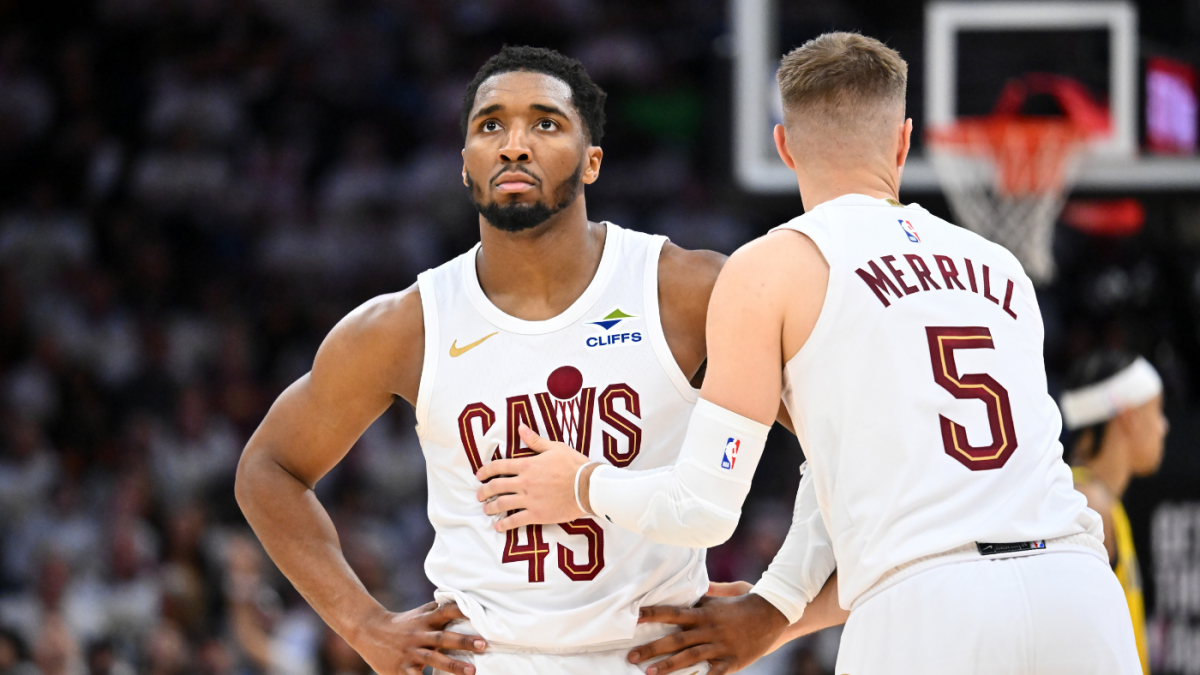“`markdown
The Cleveland Cavaliers’ Battle Against Their Own Inconsistency
The Cleveland Cavaliers’ season has been defined by flashes of brilliance overshadowed by frustrating collapses. While Donovan Mitchell continues to deliver superstar performances, the team’s inability to close out games threatens to derail their playoff ambitions. This analysis examines the root causes of their struggles, Mitchell’s pivotal role, and what must change for the Cavaliers to become legitimate contenders.
Donovan Mitchell: Carrying the Load, But at What Cost?
Mitchell has been nothing short of spectacular, single-handedly keeping the Cavaliers competitive in critical moments. His 48-point explosion against the Pacers was a masterclass in scoring, blending deep threes, relentless drives, and clutch free throws. Yet, even his heroics couldn’t prevent a disastrous 20-point lead evaporating in the fourth quarter.
Beyond scoring, Mitchell’s defensive intensity and playmaking (7 assists per game in recent outings) highlight his all-around impact. However, late-game decision-making remains a concern—forced shots and turnovers in crunch time have drawn criticism. While Mitchell’s talent is undeniable, the Cavaliers’ over-reliance on him exposes a deeper issue: the lack of a reliable secondary closer.
Fourth-Quarter Meltdowns: A Systemic Failure
The Cavaliers’ late-game woes aren’t isolated incidents—they’re a pattern. Against the Pacers, Magic, and Kings, they’ve repeatedly faltered under pressure. Key problems include:
– Defensive Breakdowns: Transition defense disappears in clutch moments, leaving opponents wide-open for threes or easy layups.
– Stagnant Offense: The ball sticks to Mitchell or Garland, resulting in contested shots instead of fluid ball movement.
– Mental Fatigue: Blown leads suggest a lack of composure, with players rushing possessions or committing unforced errors.
The Magic series was particularly damning. After a 2-0 start, Cleveland’s offense sputtered in Games 3 and 4, scoring just 18 fourth-quarter points in one collapse. Mitchell’s shooting slumps (sub-40% FG in losses) amplified the problem, but the entire roster shares blame for failing to adapt.
Injuries and Depth: A Thin Margin for Error
Cleveland’s roster construction exacerbates their inconsistency. Key absences—like Jarrett Allen’s rib injury—have forced lineups with limited shooting or rim protection. The bench, aside from Caris LeVert, lacks firepower, leaving Mitchell and Garland to shoulder unsustainable workloads.
The Kings loss exemplified this. Despite Mitchell and Evan Mobley combining for 65 points, Cleveland’s bench was outscored 42–18. When starters tire, the offense stalls, and defensive rotations slow—a fatal flaw in close games.
Fan Frustration and Looming Questions
Cavaliers fans have grown weary of “almost” victories. Social media buzzes with critiques of coach J.B. Bickerstaff’s rotations and Mitchell’s late-game hero-ball. Some players have reportedly voiced concerns privately, hinting at tension over roles and accountability.
The front office faces tough decisions: Should they trade for another shot-creator? Is Bickerstaff the right coach to fix their clutch woes? With the playoffs approaching, Cleveland must either solve these issues or risk another early exit.
The Path Forward: Adjustments or Regret?
To salvage their season, the Cavaliers must:
Mitchell remains the catalyst, but Cleveland’s ceiling depends on whether the supporting cast can elevate when it matters most.
Conclusion: A Test of Resilience
The Cavaliers’ struggles are fixable, but time is running out. Mitchell’s brilliance alone isn’t enough—this team must develop a collective killer instinct. If they can tighten their late-game execution and stay healthy, they’re capable of a deep playoff run. If not, another season of unmet potential awaits. For Cleveland, the choice is clear: adapt now, or face the consequences of stagnation.
“`











